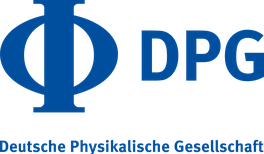
An ion-sensitive field effect transistor (ISFET) can be considered as a FET in which the gate is in contact with an ionic solution and covered by a self-assambled monolayer of biomolecules that are able to bind to these specific ions. The number of bound ions is thereby assumed to be a function of ion concentration and determines the gate potential and current of the FET. We present a continuum model that treats both parts separately. The source-drain current is determined via a drift-diffusion model of the the semiconductor parts under given source-drain voltage and gate potential. Whereas the gate potential can be calculated from a Poisson-Nernst-Planck model of the ionic solution in which the biomolecules are acting as sources/sinks of the mobile ion concentrations. Additionally one has to consider binding kinetics, conformal changes of the biomolecule and charge transfer from the biomolecule to the surface acting as an aggregated static charge. Both information can be obtained via atomistic/ab-initio methods.

An ion-sensitive field effect transistor (ISFET) can be considered as a FET in which the gate is in contact with an ionic solution and covered by a self-assambled monolayer of biomolecules that are able to bind to these specific ions. The number of bound ions is thereby assumed to be a function of ion concentration and determines the gate potential and current of the FET. We present a continuum model that treats both parts separately. The source-drain current is determined via a drift-diffusion model of the the semiconductor parts under given source-drain voltage and gate potential. Whereas the gate potential can be calculated from a Poisson-Nernst-Planck model of the ionic solution in which the biomolecules are acting as sources/sinks of the mobile ion concentrations. Additionally one has to consider binding kinetics, conformal changes of the biomolecule and charge transfer from the biomolecule to the surface acting as an aggregated static charge. Both information can be obtained via atomistic/ab-initio methods.